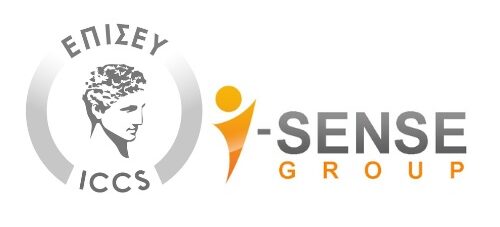Public Protection and Disaster Relief – Transformation Center
One of the main requirements of a major disaster relief operation is the availability of robust and reliable communication infrastructure. In order to meet the sudden surge in demand, the communication infrastructure needs to offer considerable network capacity throughout disaster areas and, at the same time, to operate after partial destruction of infrastructure and lack of power-sources. In addition to the capacity offered, the support for mobility is also highly desirable. In terms of applications, a support for voice communications is critical at the initial response stage. A capability of handling multimedia applications also becomes important at later stages of the relief operation.
Conventional communication infrastructures are designed to support traffic loads of normal daily life, but, after a disaster, they often become inoperational due to partial damages that affect the overall system (e.g., base-station destroyed) and/or increased citizens’ demand exceeding the network capacity. Thus, they do not have the full capability of catering the Public Protection and Disaster Relief (PPDR) communication needs. As disasters require robust and reliable communication facilities to increase the efficiency of disaster relief operation by enabling coordination among all agencies involved, an ideal solution can be the provision of a single unified communication facility to satisfy all needs.
The primary aim of the proposed Public Protection and Disaster Relief Transformation Centre (PPDR-TC) is to define a roadmap of novel approaches to achieve interoperable, secure and resilient communication architectures tailored specifically for the future needs of the PPDR community. PPDR-TC will enable all disaster relief agencies to provide an integrated response to both mission critical and non-mission critical situations. PPDR-TC will also explore novel possibilities (for example, the use of unmanned aerial vehicle and cognitive radio) to achieve ubiquitous secure communications over hybrid infrastructures (i.e. air-to-ground and/or satellite and/or terrestrial, commercial and/or public, new and/or existing, narrowband and/or broadband, dedicated and/or leased).
Three main elements of the proposed PPDR-TC study are
- Extensive data gathering within a representative cross section of Member States on current PPDR status and requirements for future systems,
- Data analysis and development of reference usage scenarios,
- Analysis of the reference usage scenarios to address technical (e.g. frequency spectrum demand modelling and optimum technology and architecture identification), economic (e.g. business case modelling and cost/benefit analysis) and political (e.g. identification of governmental policy decisions and analysis of cross border operation issues) aspects of future PPDR development.
The key outcome of the study is a roadmap of validated methods that are novel and satisfy future PPDR requirements. Recommendations for standardisation bodies and responsible governmental organisations will also be derived.
The proposed study addresses the key objectives of the security thematic area in that it aims to improve the security of citizens, restore security and safety in cases of crisis events, achieve interoperability among professional and public mobile systems, integrate PPDR applications, interconnect fixed and mobile networks, increase network robustness and improve grade of service.
In order to achieve the project objectives, a broad range of skills and experience is required. The key areas of required expertise include PPDR system characteristics, frequency spectrum management (and its evolution), radio system development, economic impact analysis, integration/interoperability methods, establishment of roadmaps for supplier and standardisation bodies. A team of experts from academic and non-academic organisations from across Europe is therefore proposed to ensure the best outcome. The project will be led by Exodus and specialized R&D effort will be provided by I-SENSE, Thales, Rinicom, Teletel, Aegis, ITTI, Tekever and University of Modena and Reggio Emilia. The team has a long and successful track record of working with the European Commission as well as governmental and non-governmental organisations at international fora.
The I-SENSE Team will lead the work in building an accurate, realistic and tuned (with real data/information) simulator for the identified PPDR architecture and provided solution. I-SENSE will work mainly in the WP5 were the relevant models will be constructed, integrated to the PPDR-TC simulator, validate them theoretically as well as with realistic and tuned real data/information. The I-SENSE Team will also participate in the tasks of services and architecture with the objective to provide relevant and useful input to the simulator as well as feeding back results to parallel tasks and assisting in analysis for deriving useful conclusions. Finally, I-SENSE will lead the Dissemination and Workshops, having active and recognized dissemination background to the stakeholders’ community; relevant conferences and meetings; web-based dissemination; printed dissemination material; workshops, conferences and exhibitions.


